 W
WAntonio Alessandrini.
 W
WOrazio Antinori was an Italian explorer and zoologist.
 W
WCount Ettore Arrigoni degli Oddi MBOU, was an Italian ornithologist.
 W
WGiuseppe Gabriel Balsamo-Crivelli was an Italian naturalist.
 W
WGiuseppe Bastianelli was an Italian physician and zoologist who worked on malaria and was the personal physician of Pope Benedict XV.
 W
WGiovanni Bianchi (1693–1775), also known as Jano Planco, was an Italian physician, anatomist, archaeologist, zoologist and intellectual. He wrote numerous medical texts and De Conchis minus notis liber (1739), a work on Foraminifera, and maintained a cabinet of curiosities.
 W
WFranco Andrea Bonelli was an Italian ornithologist, entomologist and collector.
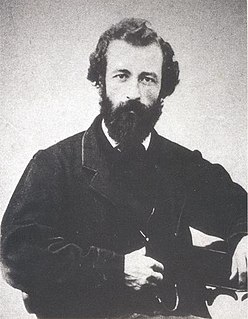 W
WGiovanni Canestrini was an Italian naturalist and biologist and translator who was a native of Revò.
 W
WAngelo Celli was an Italian physician, hygienist, parasitologist and philanthropist known for his pioneering work on the malarial parasite and control of malaria. He was Professor of Hygiene at the University of Palermo, and then at the Sapienza University of Rome. He founded the Pasteur Institute of Italy. With his wife Anna Fraentzel he established a number of medical schools in the Roman Campagna and dispensaries in Rome. He and Ettore Marchiafava correctly described the protozoan parasite that caused malaria and gave it the scientific name Plasmodium in 1885. Understanding the nature of malaria, he was among the first scientists to advocate and work for eradication of insects to prevent infectious diseases. He was elected to the Senate of the Kingdom of Italy in 1892.
 W
WFrancesco Cetti was an Italian Jesuit priest, zoologist and mathematician.
 W
WEmilio Cornalia was an Italian naturalist. He was born in Milan and died in the same city. He was conservator from 1851 to 1866, and director from 1866 till his death, of the Milan Museum of Natural History, and was interested in all areas of biology.
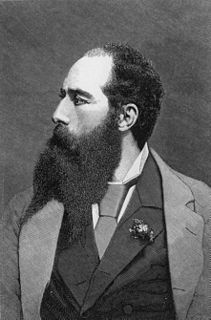 W
WLuigi Maria D'Albertis was an Italian naturalist and explorer who, in 1875, became the first Italian to chart the Fly River in what is now called Papua New Guinea. He undertook three voyages up this river from 1875 to 1877. The first was conducted in the steamer SS Ellengowan and the other two in a smaller ship named the "Neva" which was chartered from the Government of New South Wales. Throughout the three voyages, D'Albertis was consistently involved in skirmishes with the various indigenous people living along the river, using rifle-fire, rockets and dynamite to intimidate and, on occasions, kill these local people. He also frequently employed destructive dynamite fishing as a technique of obtaining aquatic specimens for his collection. His expedition stole many ancestral remains, tools and weapons from the houses of the locals. He also collected specimens of birds, plants, insects and the heads of recently killed native people. Contemporary explorers and colonial administrators of d'Albertis were almost universally critical of the methods employed by D'Albertis in his expeditions up the Fly and more modern accounts, such as Goode's "Rape of the Fly" are equally condemnatory.
 W
WDaniele Rosa (1857–1944) was an Italian invertebrate zoologist.
 W
WStefano Delle Chiaje was an Italian zoologist, botanist, anatomist and physician.
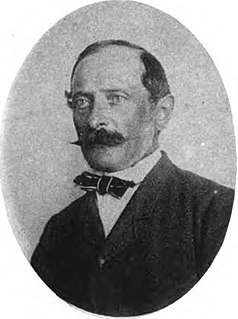 W
WFilippo De Filippi was an Italian doctor, traveler and zoologist.
 W
WCarlo Giuseppe Gené was an Italian naturalist and author.
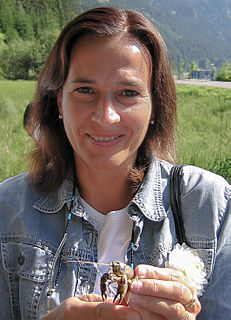 W
WFrancesca Gherardi was an Italian zoologist, ethologist, and ecologist. Most of her work was performed at the Department of Biology of the University of Florence, Italy, where she was a researcher and an associate professor.
 W
WAlessandro Ghigi was an Italian zoologist, naturalist and environmentalist.
 W
WEnrico Hillyer Giglioli was an Italian zoologist and anthropologist.
 W
WGiovanni Battista Grassi was an Italian physician and zoologist, best known for his pioneering works on parasitology, especially on malariology. He was Professor of Comparative Zoology at the University of Catania from 1883, and Professor of Comparative Anatomy at Sapienza University of Rome from 1895 until his death. His scientific contributions covered embryological development of honey bees, on helminth parasites, the vine parasite phylloxera, on migrations and metamorphosis in eels, and on termites. He was the first to describe and establish the life cycle of the human malarial parasite, Plasmodium falciparum, and discovered that only female anopheline mosquitoes are capable of transmitting the disease. His works in malaria remain a lasting controversy in the history of Nobel Prizes, because a British army surgeon Ronald Ross, who discovered the transmission of malarial parasite in birds was given the 1902 Nobel Prize in Physiology or Medicine. But Grassi, who demonstrated the complete route of transmission of human Plasmodium, and correctly identified the types of malarial parasite as well as the mosquito vector, Anopheles claviger, was denied.
 W
WArturo Issel was an Italian geologist, palaeontologist, malacologist and archaeologist, born in Genoa. He is noted for first defining the Tyrrhenian Stage in 1914. Issel was also renowned at the time for his work on codifying information within anthropology and ethnology, for which he is still remembered.
 W
WGiorgio Jan was an Italian taxonomist, zoologist, botanist, herpetologist, and writer. He is also known as Georg Jan or Georges Jan.
 W
WMario Lessona was an Italian zoologist and malacologist. He was the son of the prominent natural scientist and senator Michele Lessona and his wife Adele Masi Lessona, who was very much involved in her husband's work, particularly in making translations. A son of Adele Lessona by an earlier marriage was the painter and malacologist Carlo Pollonera, with whom Mario published a monograph on Italian slugs. Mario also coauthored various scientific works with his brother-in-law, the zoologist and senator Lorenzo Camerano.
 W
WMichele Lessona was an Italian zoologist.
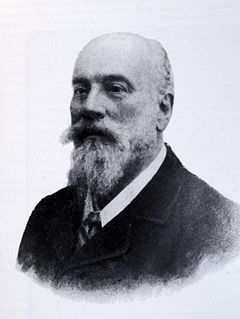 W
WLeopoldo Maggi was an Italian physician, craniologist and naturalist.
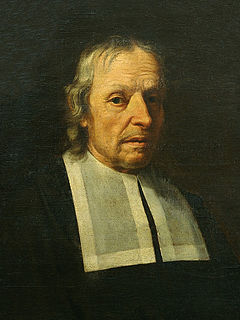 W
WMarcello Malpighi was an Italian biologist and physician, who is referred to as the "Founder of microscopical anatomy, histology & Father of physiology and embryology". Malpighi's name is borne by several physiological features related to the biological excretory system, such as the Malpighian corpuscles and Malpighian pyramids of the kidneys and the Malpighian tubule system of insects. The splenic lymphoid nodules are often called the "Malpighian bodies of the spleen" or Malpighian corpuscles. The botanical family Malpighiaceae is also named after him. He was the first person to see capillaries in animals, and he discovered the link between arteries and veins that had eluded William Harvey. Malpighi was one of the earliest people to observe red blood cells under a microscope, after Jan Swammerdam. His treatise De polypo cordis (1666) was important for understanding blood composition, as well as how blood clots. In it, Malpighi described how the form of a blood clot differed in the right against the left sides of the heart.
 W
WEttore Marchiafava was an Italian physician, pathologist and neurologist. He spent most of his career as professor of medicine at the University of Rome. His works on malaria laid down the foundation for modern malariology. He and Angelo Celli were the first to elucidate living malarial parasites in human blood, and able to distinguish the protozoan parasites responsible for tertian and benign malaria. In 1885 they gave the formal scientific name Plasmodium for these parasites. They also discovered meningococcus as the causative agent of cerebral and spinal meningitis. Marchiafava was the first to describe syphilitic cerebral arteritis and degeneration of brain in an alcoholic patient, which is now eponymously named Marchiafava's disease. He gave a complete description of a genetic disease of blood now known Paroxysmal nocturnal hemoglobinuria or sometimes Strübing-Marchiafava-Micheli syndrome, in honour of the pioneer scientists. He was personal physician to three successive popes and also to House of Savoy. In 1913 he was elected to Senate of the Kingdom of Italy. He founded the first Italian anti-tuberculosis sanatorium at Rome. He was elected member of the Accademia dei Lincei, becoming its Vice-president in 1933.
 W
WElio Modigliani was an Italian anthropologist, zoologist, explorer, and plant collector.
 W
WTommaso di Maria Allery, marchese di Monterosato was an Italian malacologist.
 W
WPaolo Panceri was an Italian naturalist. Panceri graduated in medicine at the University of Pavia where he began his research. In 1861 he took the Chair of Comparative anatomy at the University of Naples, where he directed the Zoology Museum. Panceri was cautious about the scientific validity of evolutionary theories but was instrumental in the foundation of the Stazione Zoologica Anton Dohrn. His findings on the bioluminescence of marine invertebrates and studies of Amphioxus led to fame in Italy and abroad. In 1874 he sold his books and scientific papers to Biblioteca Universitaria di Napoli to pay for an expedition to Egypt. They constitute an example of a nineteenth-century library specializing in the natural sciences and comparative anatomy. His students in Naples include Carlo Emery, Leopoldo Maggi and Antonio della Valle. He died aged 44.
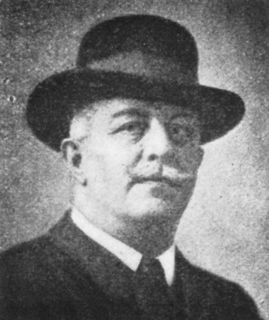 W
WMario Giacinto Peracca was an Italian herpetologist.
 W
WVincenzo Petagna was an Italian biologist, physician and entomologist. He was appointed as director of Monte Oliveto botanical gardens. He was also the teacher of Antonio Savaresi. The plant Petagnaea gussonei has been named after him.
 W
WGiuseppe Saverio Poli was an Italian physicist, biologist and natural historian.
 W
WCamillo Ranzani was an Italian priest and a naturalist. He was director of the Museum of Natural History of Bologna from 1803 to 1841. Ranzani wrote Elementi di zoologia which was published in Bologna from 1819 to 1825.
 W
WSebastiano Richiardi was an Italian anatomist and zoologist. In 1861 he became Professor of Comparative Anatomy at the University of Bologna and in 1871, held the same post at the University of Pisa. He was Rector Magnificus (principal) of the University of Pisa between 1891–93.
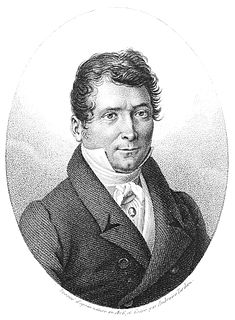 W
WGiuseppe Antonio Risso, called Antoine Risso, was a Niçard naturalist.
 W
WCamillo Róndani was an Italian entomologist noted for his studies of Diptera.
 W
WCount Adelardo Tommaso Salvadori Paleotti was an Italian zoologist and ornithologist.
 W
WPaolo Savi, was an Italian geologist and ornithologist.
 W
WPellegrino Strobel was an Italian ornithologist, zoologist, naturalist and Italian politician. He is considered among the leaders of Italian malacology and, with Gaetano Chierici and Luigi Pigorini, is an important figure in Italian prehistoric archaeology.
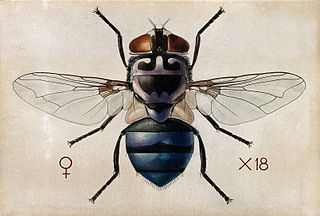 W
WAmedeo John Engel Terzi was an Italian illustrator and entomologist specialising in Diptera, the true flies.
 W
WSalvatore Trinchese was an Italian zoologist who specialised in Mollusca.
 W
WDomenico Agostino Vandelli was an Italian naturalist, who did most of his scientific work in Portugal.